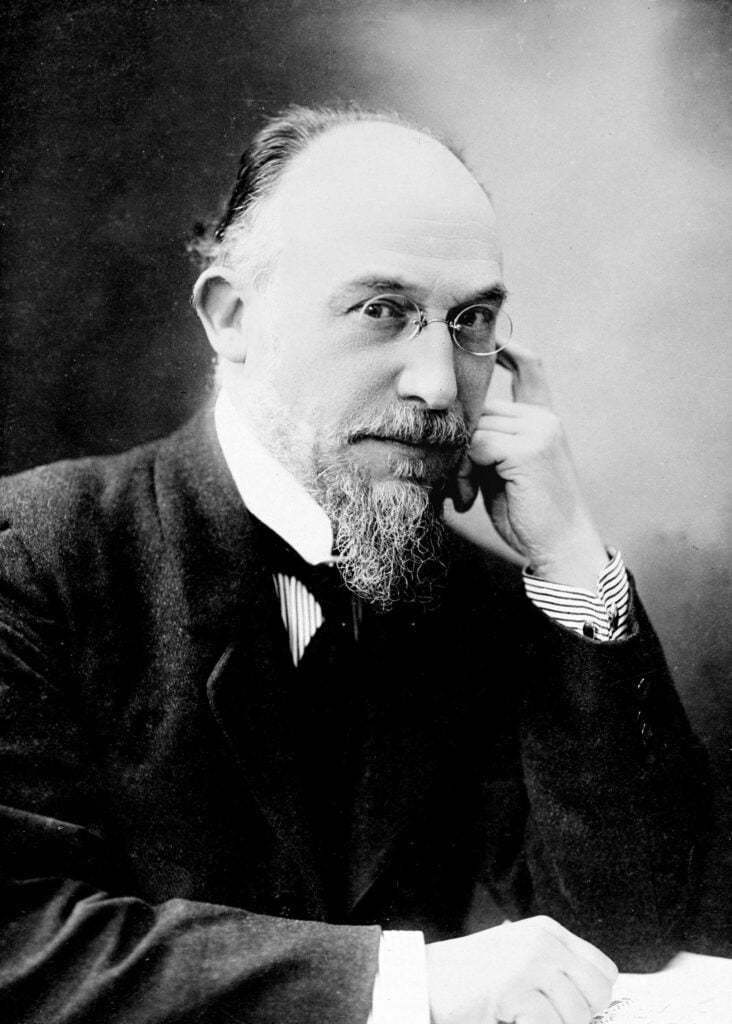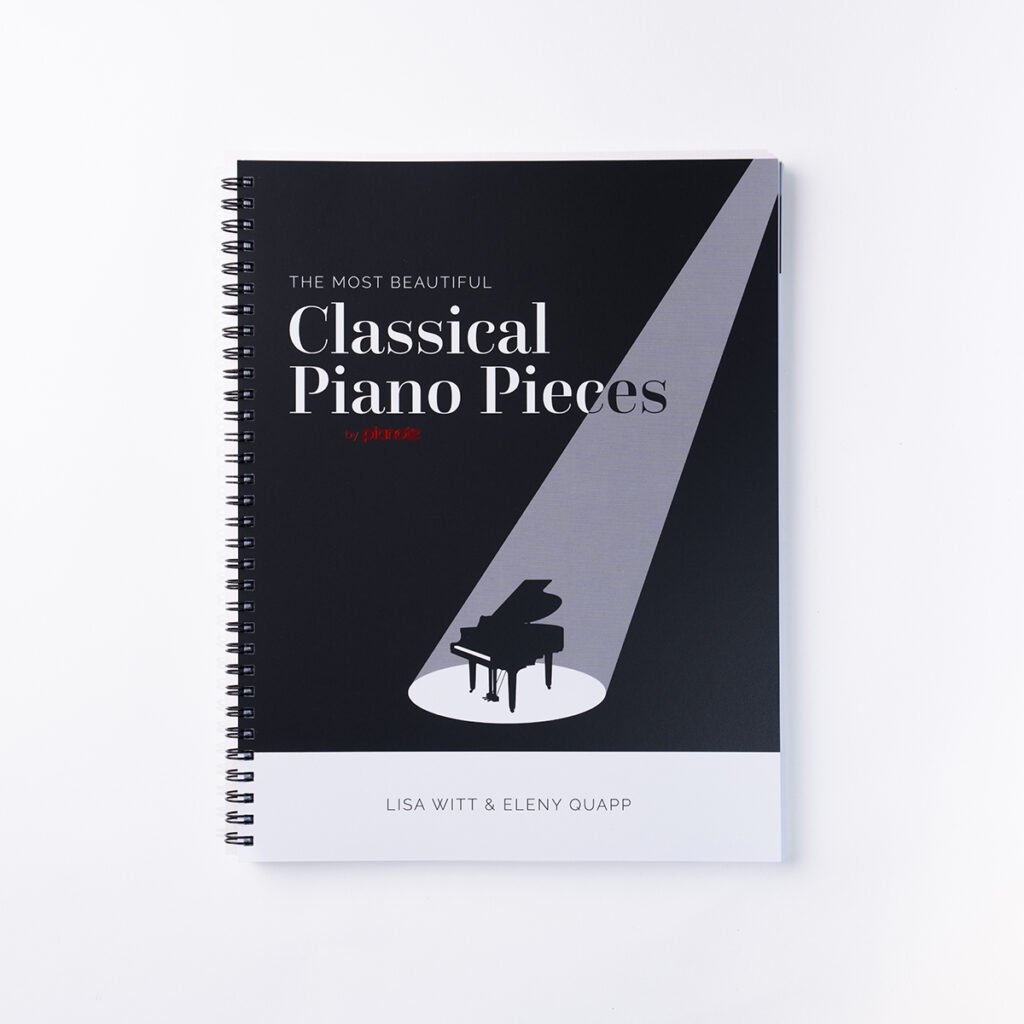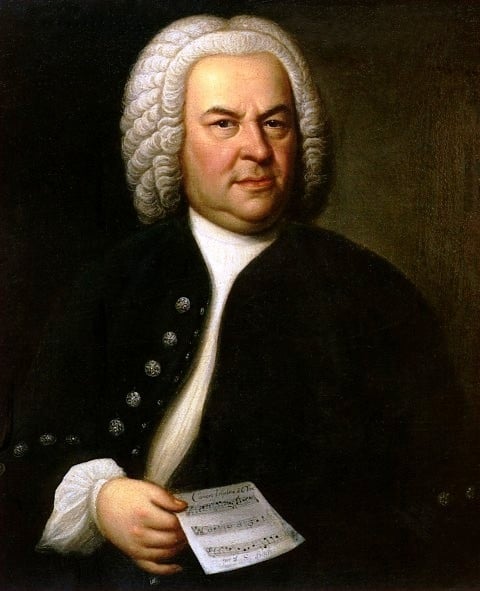If you want to play some iconic classical pieces, but are still new to piano, you don’t have to wait! In this lesson, we’ll share three simple versions of three of the most famous classical pieces of all time. You can also download the easy piano sheet music for “Gymnopédie No. 1” by Erik Satie, “Nocturne in C-Sharp Minor” by Frédéric Chopin, and “Air on G String” by J.S. Bach. Let’s dive in!
Table of Contents:
Download the simplified arrangements for "Gymnopedie No. 1", "Nocturne in C-Sharp Minor", and "Air on the G String" by entering your email address below.
The strange title of this piece comes from the word “gymnopaedia,” a festival in ancient Sparta. Even if you don’t recognize this piece by its name, you’ll probably recognize it once you hear it; it’s made many appearances in pop culture.
The left hand of this piece is pretty straightforward. If you have some chord theory knowledge, you’ll see that it’s just a steady one-two of mostly G and D major chord shapes. The pinky can jump around though, so it’s a good idea to look a measure ahead and see where you’re going next.
When it comes to the melody, really focus on the phrasing. See if you can bring out and shape the melody from the left-hand accompaniment. Pay attention to the dynamic markings—it’ll help you bring more expressiveness and personality to that iconic melody.

Love classical? Get original sheet music, simplified sheet music, and expert tips all in one book. Our Most Beautiful Classical Piano Pieces collection includes the songs in this lesson along with favorites such as “Für Elise,” “Clair de lune,” and “Moonlight” Sonata, 1st Mvt.

This piece is so heartbreakingly beautiful and it is one of Chopin’s most famous nocturnes. The four sharps can be intimidating and the original piece is quite advanced, but if you learn the simplified version we offer here, it should provide you with a good stepping-stone to the original.
Again, some knowledge of chords will help you read the arpeggios in the left hand. (See more sight-reading tips here). The right hand has some acrobatic parts, so practice the right hand on its own and go slow at first.
Articulation and expression are what separates the great pianists from the good, so pay attention to how you shape the melody here! Notice how Lisa speeds up and slows down ever so slightly during parts of the piece where there’s more tension. This is called rubato. Use your innate musicality (which we all have!) to add slight variations in tempo to express yourself in this piece.

Love our video tutorial? Your favorite song might be next! Subscribe to our newsletter for piano news, exclusive interviews, new tutorials, interesting articles, and more delivered to your inbox every week. Unsubscribe at any time.
This beautiful piece’s influence can be felt in modern pop music like Procol Harum’s “A Whiter Shade of Pale.” It’s an absolute classic!
The toughest part about this piece is probably all those left-hand octave leaps. So, practice your left hand by itself a few times and build that muscle memory! After a while, you’ll start to notice patterns—most of these leaps are just octaves, which means you’re just playing the same note one octave higher or lower 🙂
The right hand can get quite acrobatic too. Don’t be afraid to practice slow and to write in your fingering. And don’t lose hope—Bach songs can be tricky. After all, the “Air” was originally written for strings in mind, not piano, so it may feel less “ergonomic” for us keyboard players!

We hope you enjoy practicing these classical pieces. Want more classical? Try these tutorials next:
As a Pianote+ Member, you’ll get access to our 10-step Method, song library, and growing community of piano players just like you. Plus: get coached by world-class pianists who have played with rock stars.
Charmaine Li is a Vancouver writer who has played piano for over 20 years. She holds an Associate diploma (ARCT) from the Royal Conservatory of Music and loves writing about the ways in which music—and music learning—affects the human experience. Charmaine manages The Note. Learn more about Charmaine here.
/marketing/pianote/promos/april/banner-bg-m.webp)
We use cookies for traffic data and advertising. Cookie Policy »
/marketing/pianote/promos/april/banner-title.webp)